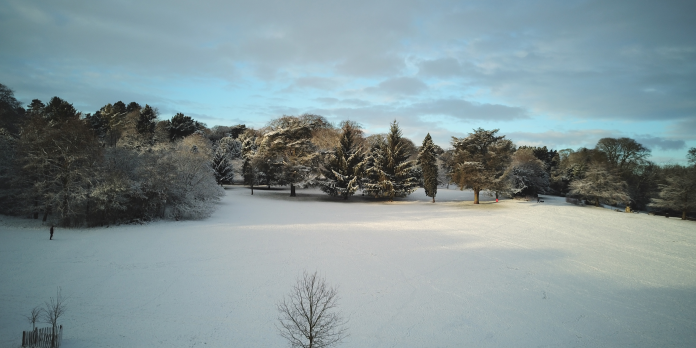2018 marks the bicentenary of Humphry Repton’s death (1752-1818), the last great landscape designer of the eighteenth century
As a landscape designer I have never been superseded by a more successful rival. My own profession, like myself, was becoming extinct.
Inspired by the success of the Capability Brown Festival, the Gardens Trust, with the support of the Landscape Institute is promoting this year’s celebration of the work of Humphry Repton.
There are plans for about 200 activities across the UK with the support of the National Trust, English Heritage, the Historic Houses Association, the Georgian Group, the Garden Museum and the Royal Horticultural Society. County Gardens Trusts researchers are producing Repton material for books, leaflets, exhibitions, study days, lectures and tours.
The Garden Trust has also been awarded a Heritage Lottery Fund grant for the Sharing Repton audience development project, which will deliver activities at five Repton sites around the country.
Factfile
- Born on 21st April 1752 in Bury St Edmunds, Suffolk.
- After jobs in the textile trade and as a private secretary, in 1788 he set himself up as a landscape gardener (a job title which he invented).
- Repton initially championed Brown’s landscape style but later adopted the ideas of the picturesque movement.
- His work reintroduced terraces, gravel walks and flower beds into the area around the house, to provide a foreground for views of the landscape.
- Designed around 400 hundred English landscapes and gardens but left the client to implement the work. As a result, many of his designs were never realised.
- Commissions included the landscape at Bristol’s Blaise Castle, Dyrham Park in Gloucestershire, Endsleigh Cottage in Devon, London’s Russell Square, Stoneleigh Abbey in Warwickshire, Tatton Park in Cheshire, Uppark House in Sussex, Valleyfield in Fife and the themed gardens at Woburn Abbey, Bedfordshire.
- His work included improvements to existing landscape schemes at the estates of aristocratic clients like the Dukes of Bedford and Portland.
- The way Repton presented his landscape designs was a key part of his success. He produced ‘Red Books’ or folios of his plans, drawings, maps and a description of the improvements he proposed to make. They famously include watercolour paintings with overlays showing ‘before’ and ‘after’ views of the estate.
- Repton outlined his approach to landscape gardening in three books: Sketches and Hints on Landscape Gardening (1795), Observations on the Theory and Practice of Landscape Gardening (1803) and Fragments on the Theory and Practice of Landscape Gardening (1816).
- He died on 24 March 1818 and is buried in St Michael’s Church, Aylsham in Norfolk.
- At the end of his life he said ‘as a landscape designer I have never been superseded by a more successful rival. My own profession, like myself, was becoming extinct.’
Further details about Repton, his work, and celebration events can be found on the website www.humphryrepton.org




